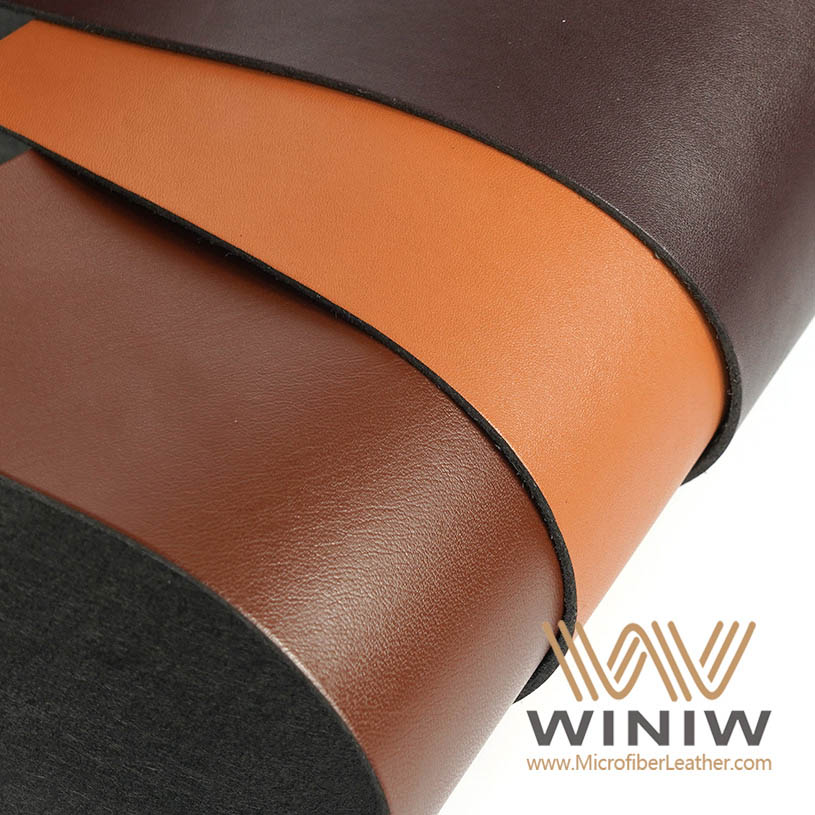
You can find the perfect vegan belt by focusing on what matters to you. Many people switch to vegan belts because they want animal-friendly products, care about the environment, and seek affordable options. Begin by knowing your needs, checking the materials, making sure the belt fits, considering ethical factors, and shopping smart. The process feels simple and rewarding.
Identify your needs before shopping. Consider the style and use of the belt to find the best fit for your lifestyle.
Set a budget. Vegan belts are often more affordable than traditional leather, allowing you to find great options without overspending.
Choose the right materials. Options like cork, Piñatex, and mushroom leather offer unique benefits and support eco-friendly practices.
Check for certifications. Look for labels like PETA Approved Vegan and The Vegan Trademark to ensure ethical standards.
Research brands for transparency. Support companies that share information about their materials and production practices.
You should start by thinking about how you plan to wear your belt. Some people want a belt for daily use, while others need one for work or special events. You can choose from several style categories. The table below shows the main options and their uses:
|
Style Category |
Description |
Use Case |
|---|---|---|
|
Casual Belts |
Minimal appearance, versatile colors |
Everyday wear, informal settings |
|
Formal Belts |
Fine craftsmanship, regal colors |
Professional settings, formal occasions |
|
Reversible Belts |
Two styles in one, practical design |
Versatile use, can match multiple outfits |
Younger shoppers often prefer vegan belts because they see traditional leather as cruel. Nearly half of people aged 13 to 30 share this view. Many people now choose vegan alternatives for fashion. You can find belts that match your values and style.
When you shop, you may notice some challenges. Some materials, like Piñatex, are hard to find. Plant-based belts can fray or lose shape if they get wet. Woven cotton belts may fray faster than synthetic ones. You should check the material and think about how you will use the belt.
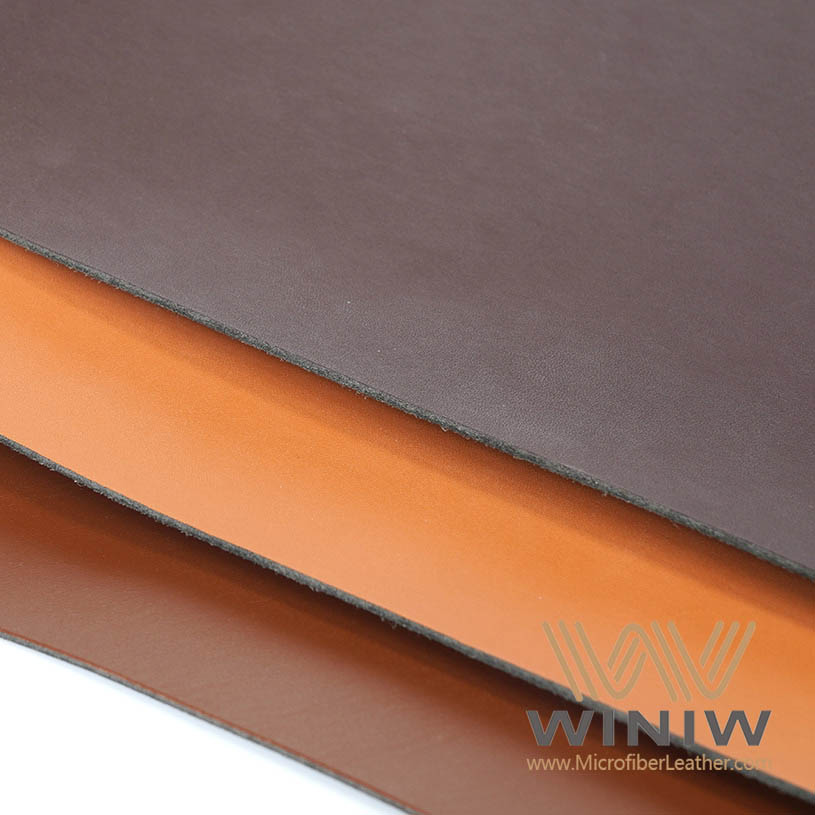
You should set a budget before you shop. Vegan belts usually cost less than traditional leather belts. The table below compares average prices:
|
Type of Belt |
Average Price |
|---|---|
|
Vegan Leather Belt |
$6.67 |
|
Cowhide Belt |
$16.08 |
You may pay more for belts made from rare materials, like Piñatex. Some recycled materials can also cost more if they are high quality. You should think about value for your money. A good belt lasts longer and fits your needs.
Tip: Choose a belt that matches your style and fits your budget. You can find many options that look great and feel comfortable.
You can choose from a wide range of materials when shopping for vegan leather belts. Each material offers unique benefits and characteristics. Here are some of the most popular options:
Faux Leather: You get the look and feel of traditional leather without harming animals. Faux leather is affordable and visually appealing.
Cork: Cork stands out for its sustainability and natural texture. You will notice that cork belts feel lightweight and comfortable. Cork resists moisture and stains, making it practical for everyday use.
Piñatex: This innovative material comes from pineapple leaf fibers. Piñatex uses agricultural waste, so you support eco-friendly practices when you choose it. The texture feels unique and the material lasts well.
Mushroom Leather (MuSkin): Mushroom leather uses mycelium, the root structure of fungi. You benefit from a strong, natural material that contains little plastic and avoids harsh chemicals.
Cactus Leather: Manufacturers create cactus leather from sun-dried cactus leaves mixed with bio-resin. You get a smooth, breathable belt that is more sustainable than animal leather.
Recycled Materials: Some vegan belts use recycled plastic bottles or polyester. You help reduce waste and support a circular economy when you pick these options.
Tip: You can find vegan leather belts made from fruit waste, such as APPLESKIN and Piñatex, or vegetable waste like MuSkin. These innovations make your belt choice even more eco-friendly.
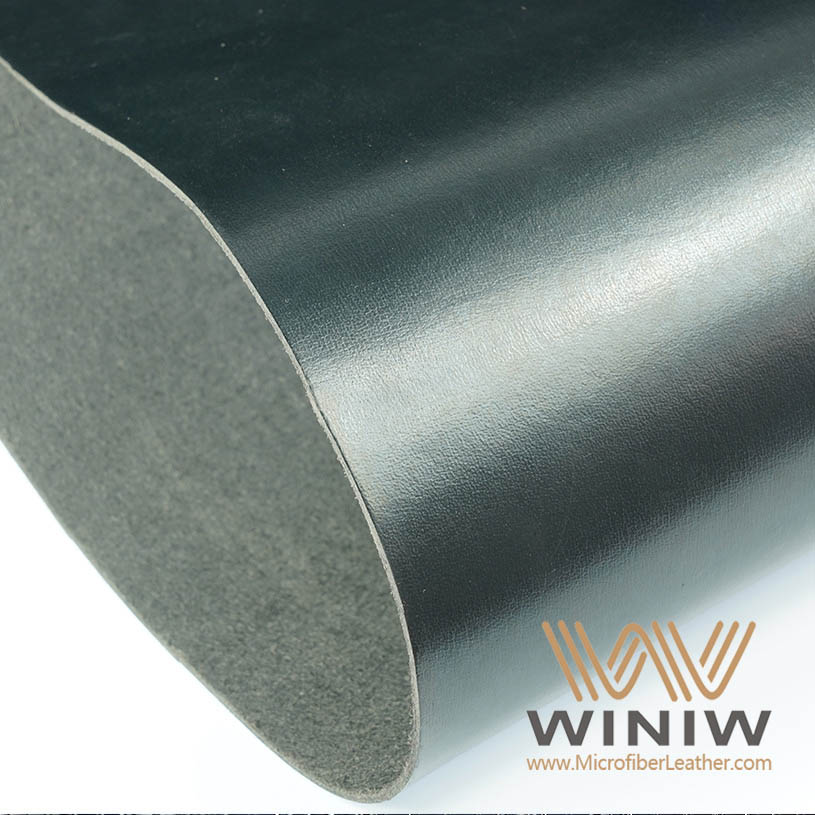
You want your vegan leather belts to last and look good over time. The durability of each material varies, so you should consider your needs before making a choice. The table below compares the durability characteristics of popular vegan belt materials:
|
Material |
Durability Characteristics |
|---|---|
|
Cactus Leather |
Strong durability due to bio-resin composition; more sustainable than animal and PU leather. |
|
Cork Leather |
Waterproof, lightweight, stain-resistant, and easy to clean. |
|
Mushroom Leather |
Naturally strong structure from mycelium; uses minimal plastic. |
|
Synthetic Vegan Leather |
Durability depends on type and quality; some types may wear or discolor faster. |
You may notice that cork and cactus leather resist water and stains, making them easy to maintain. Mushroom leather offers strength and a natural feel. Synthetic vegan leather belts can vary in quality, so you should check the brand and product details before buying.
To keep your vegan leather belts in top condition, follow these care tips:
Blot stains with a mild solution and wipe clean with a damp cloth.
Use a vinegar solution for tougher stains.
Apply protective sprays to guard against water and stains.
Store your belt in a cool, dry place, preferably in a dust bag.
Avoid direct sunlight to prevent fading; UV-protective sprays can help.
Repair minor scratches with clear nail polish or a leather repair kit.
Make sure your belt is dry before storing to prevent mold and mildew.
Note: Vegan leather belts usually last two to five years. You may see more wear and tear compared to real leather, but proper care extends their lifespan.
You can find vegan belts that match your style and values while offering durability and easy maintenance. By understanding the materials and care requirements, you make a smart and sustainable choice.
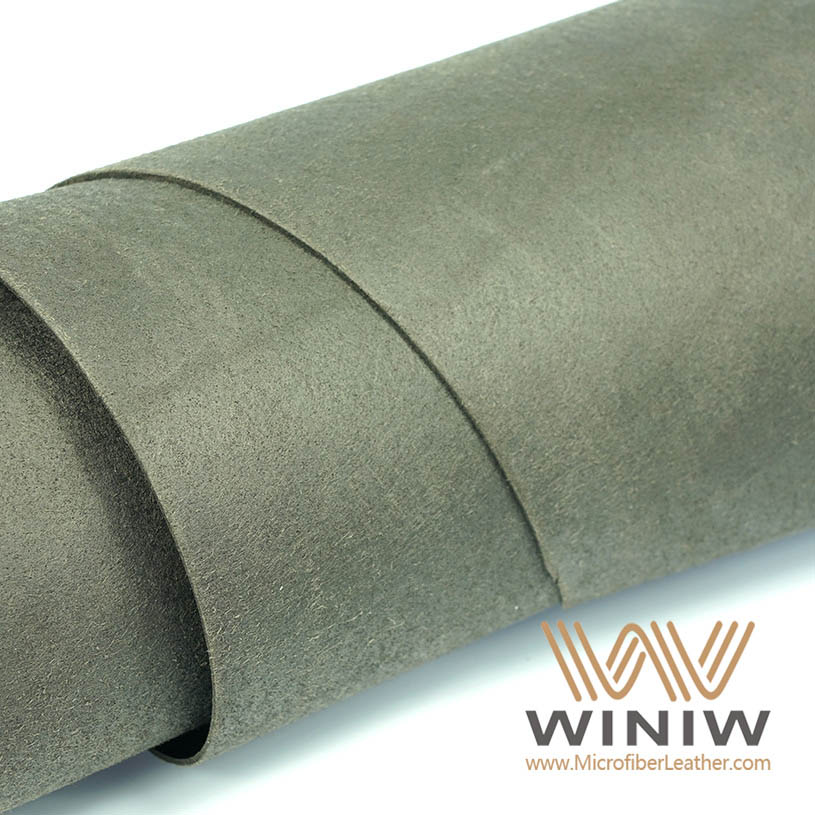
You want your vegan belt to fit perfectly. Start by measuring your waist or the part of your body where you plan to wear the belt. Use a flexible tape measure for the most accurate result. Wrap the tape around your waist, over the clothing you will wear with the belt. Note the measurement in inches. Most brands recommend adding 1-2 inches to your waist size for the best fit. For example, if your waist measures 34 inches, choose a belt labeled 36 inches.
Check the sizing chart provided by the brand. Sizes can vary between companies. Some vegan belts use standard pant sizes, while others use small, medium, or large. Always compare your measurement to the chart before buying. A well-fitted belt feels comfortable and looks neat.
Tip: If you are between sizes, choose the larger size. You can always add extra holes for a better fit.
You need a belt that adjusts easily for daily comfort. Many vegan leather belts come with multiple holes or a sliding buckle. These features let you change the fit as needed. Some belts use a ratchet system, which allows for small, precise adjustments. This system works well if your waist size changes during the day.
Look for belts with removable buckles. You can trim these belts to your exact size at home. This feature is common in durable vegan leather options. Adjustable belts work well for both casual and formal outfits.
A good fit prevents the belt from slipping or feeling too tight. You want a belt that holds your pants securely but does not pinch. Try the belt on with your favorite clothes before removing tags. This step ensures you get the right fit and comfort.
Note: Proper sizing helps your vegan belts last longer and keeps them looking sharp.
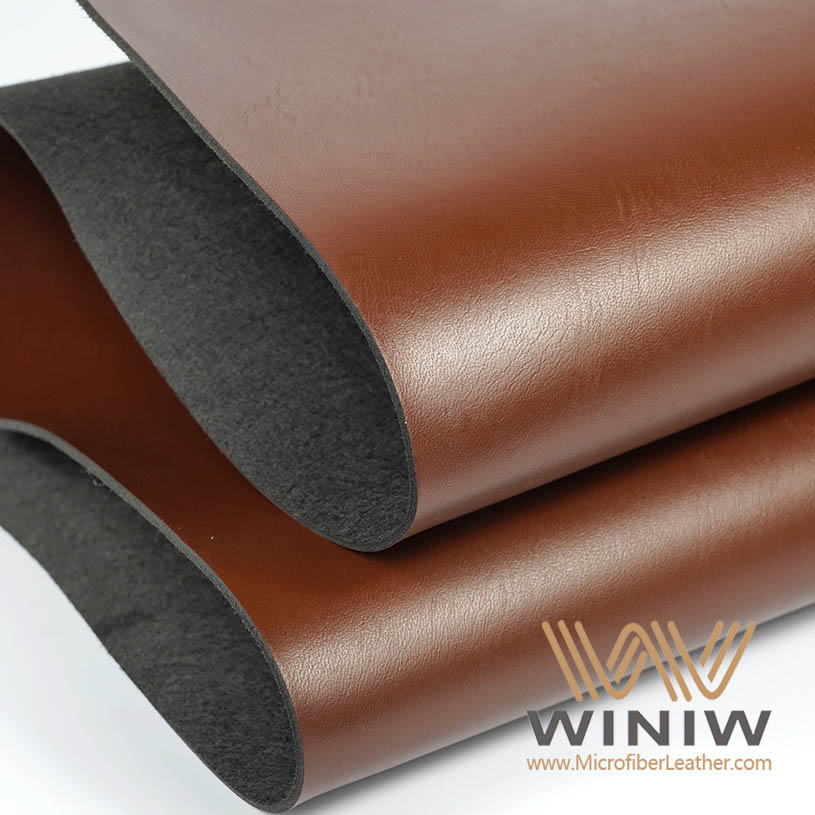
Choosing the best vegan belt means looking beyond style and price. You want to make sure your belt matches your values and supports ethical practices. This section gives you buying advice on how to check for certifications, research brands, and understand the environmental impact of vegan leather.
You should always check for trusted certifications when shopping for vegan belts. These labels help you confirm that the product is truly vegan and made with ethical standards. Look for these common certifications:
PETA Approved Vegan: This label shows that the brand uses no animal products in its belts or other items. It covers clothing, accessories, and home goods. Brands self-audit for this certification, so you should still check other details.
The Vegan Trademark: The Vegan Society issues this mark for individual products. It guarantees that no animal products are used in the manufacturing process. Brands must renew this certification every year.
Leather Working Group (LWG): This group checks that leather (including vegan leather alternatives) is produced in an environmentally responsible way. They look at water use and waste management.
Global Organic Textile Standard (GOTS): This certification means the product uses organic farming practices and avoids harmful chemicals.
Tip: Certifications make it easier for you to trust what you buy. Always look for these labels on product pages or tags.
You want to support brands that share clear information about their materials and production. Transparent brands help you make informed choices and avoid greenwashing. Here are some signs of a transparent and ethical brand:
The brand uses sustainable, plant-based materials to lower its environmental impact.
Workers receive fair wages and safe working conditions.
Packaging is plastic-free and made from recycled materials.
The company offers a 1-year manufacturing guarantee on all belts.
Some brands stand out for their commitment to transparency and sustainability:
LECAS uses recycled leather and eco-friendly processes to create stylish, high-quality belts.
Happy Leather focuses on sustainability and eco-friendly practices to help the planet.
Stella McCartney partners with Veuve Clicquot to recycle grape waste into vegan leather, showing innovation in waste reduction.
When you research brands, read customer reviews and check their websites for details about sourcing, labor, and packaging. Brands that share this information openly are more likely to follow ethical practices.
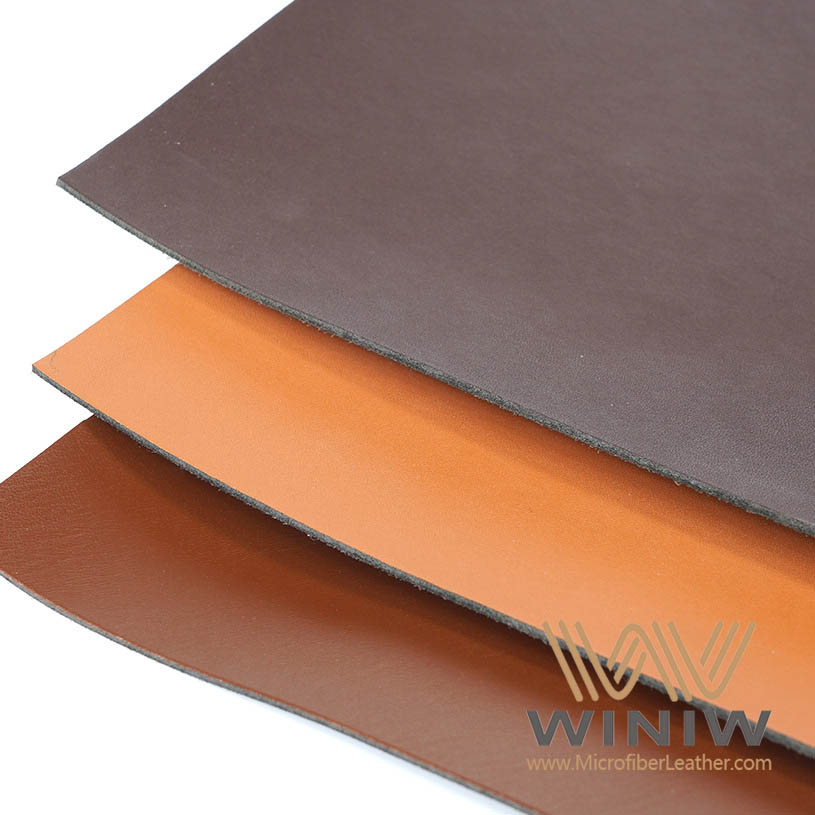
You should consider the environmental impact of your belt before you buy. Vegan leather belts often have a smaller carbon footprint than traditional leather. The table below compares the benefits and drawbacks of common materials:
|
Material |
Benefits |
Drawbacks |
|---|---|---|
|
Faux Leather |
Ethical, looks good, affordable |
Can harm the environment, may not last as long |
|
Cork |
Sustainable, eco-friendly, lightweight, resists moisture |
Fewer color options, can feel stiff, higher price |
|
Piñatex |
Sustainable, durable, unique texture |
Harder to find, higher price |
|
Recycled Materials |
Reduces waste, versatile |
Quality can vary, sourcing may be difficult |
Vegan leather does not use livestock, so it reduces land use and deforestation. It also produces fewer carbon emissions than animal leather. Some vegan leathers use recycled materials, which helps cut down on waste and resource use. However, some types of vegan leather, like those made from PU or PVC, can still harm the environment because they use chemicals and do not break down easily.
Note: Synthetic vegan leather emits about 15.8 kg of CO2 per square meter, while animal leather emits 17.0 kg. Vegan leather production often uses fewer harmful chemicals, which lowers pollution risks.
When you choose a belt, look for brands that use plant-based or recycled materials and share their environmental goals. This buying advice helps you make a positive impact with your purchase.
You can find vegan belts that fit your style, last a long time, and support ethical and sustainable practices. By checking certifications, researching brands, and understanding the impact of vegan leather, you make a smart and responsible choice.
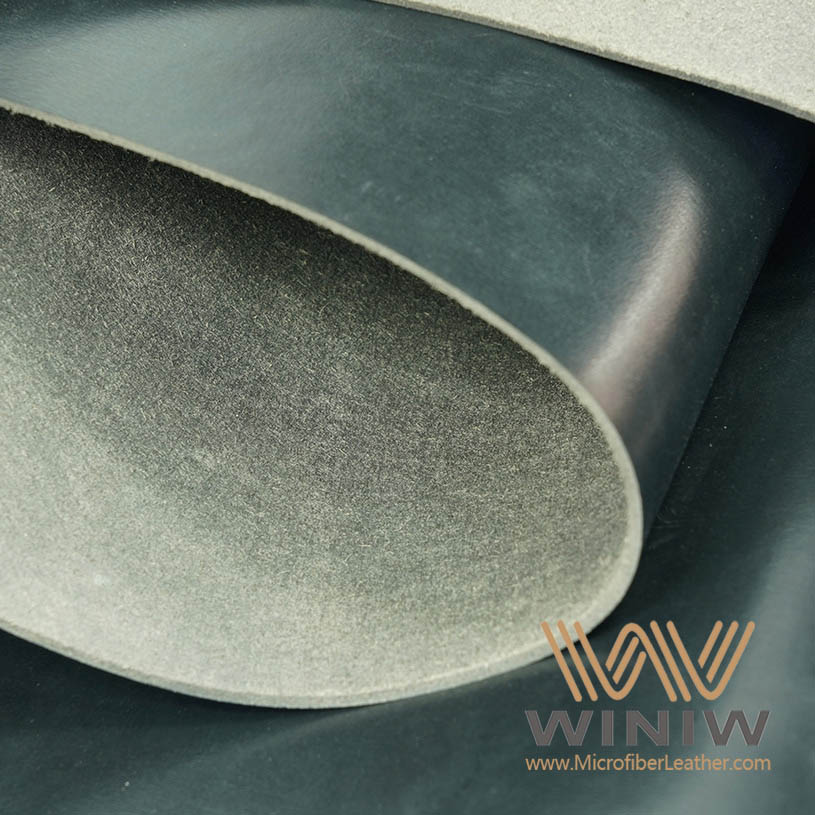
You can find a wide selection of vegan belts from reputable online retailers. These stores offer many styles, materials, and sizes, making it easy to find the right fit for your needs. Here are some of the most highly rated online stores for vegan belts:
Asket
Black Nopal (cactus leather belts)
Corkor
Couch
Doshi
Elvis & Kresse
Immaculate Vegan
Matt & Nat
Moo Shoes
Noani (No Animal)
NOAH Italian Vegan Shoes
Oi-WEAR
Stella McCartney
The Vegan Collection
Truth Belts
Vegetarian Shoes
Wills Vegan Shoes
Slide Belts (faux leather or canvas)
These retailers provide detailed product descriptions and sizing guides. You can compare materials like vegan leather, cork, or cactus leather before making a choice.
You may want to shop for vegan belts in person. Many eco-friendly boutiques, department stores, and specialty shops now carry vegan women’s belts and men’s options. Look for stores that focus on sustainable or cruelty-free fashion. Ask staff about the materials and certifications. Shopping locally lets you try on belts for the best fit and comfort. You also support small businesses in your community.
Tip: Check local markets or craft fairs for handmade vegan belts. Artisans often use unique materials and offer custom sizing.
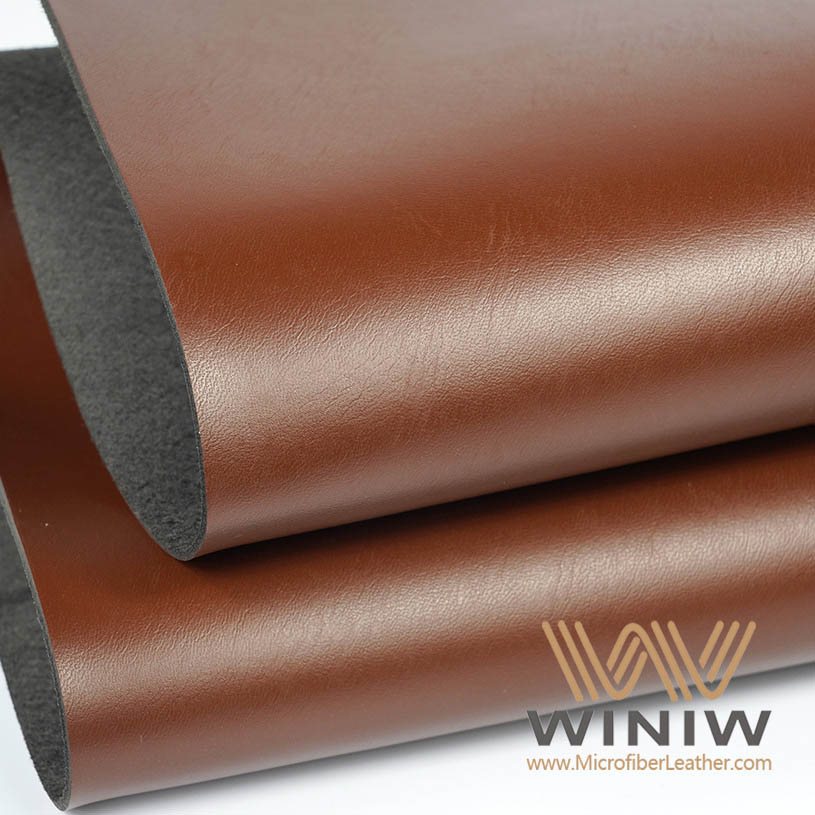
You can use vegan belts to enhance your wardrobe. Color and buckle choices play a big role in versatility. Different colors complement various outfits, while the style of the buckle can make a belt suitable for casual or formal occasions. For example, a classic black belt with a simple buckle works well for business attire. A bright belt with a bold buckle adds personality to casual looks.
Seasonal trends also influence your choices. The table below shows how you can match vegan belts with outfits throughout the year:
|
Season |
Color Palette |
Material Choices |
Style Suggestions |
|---|---|---|---|
|
Spring |
Pastel shades (mint, blush, soft blue) |
Cork, eucalyptus |
Pair with floral dresses or light-wash jeans |
|
Summer |
Bright colors (coral, teal, yellow) |
Piñatex, recycled polyester |
Wear with shorts, linen pants, or sundresses |
|
Fall |
Earthy tones (chestnut, olive, burgundy) |
AppleSkin, microfiber |
Combine with corduroy pants or knit sweaters |
|
Winter |
Dark shades (black, navy, charcoal) |
Cactus leather, high-grade microfiber |
Style over wool coats or thick sweaters |
You can build a versatile collection by choosing belts in neutral colors and adding a few statement pieces for special occasions. Mix and match to express your style every season.
You can choose the perfect vegan belt by focusing on what matters most. Review the key points below:
|
Consideration |
Details |
|---|---|
|
Material Quality |
Check brand info and reviews for quality. |
|
Durability |
Look for sturdy synthetic PU or plant-based options. |
|
Style |
Pick modern designs that fit your wardrobe. |
|
Ethics |
Select belts that avoid animal products and support eco-friendly brands. |
|
Care |
Follow care tips to keep your belt looking new. |
"Many shoppers feel more satisfied when they pick vegan belts that match their ethical values and personal style. Educational resources can help you understand the benefits and differences of vegan options."
You can feel confident knowing your choice supports both style and ethics.

Scan to wechat:
